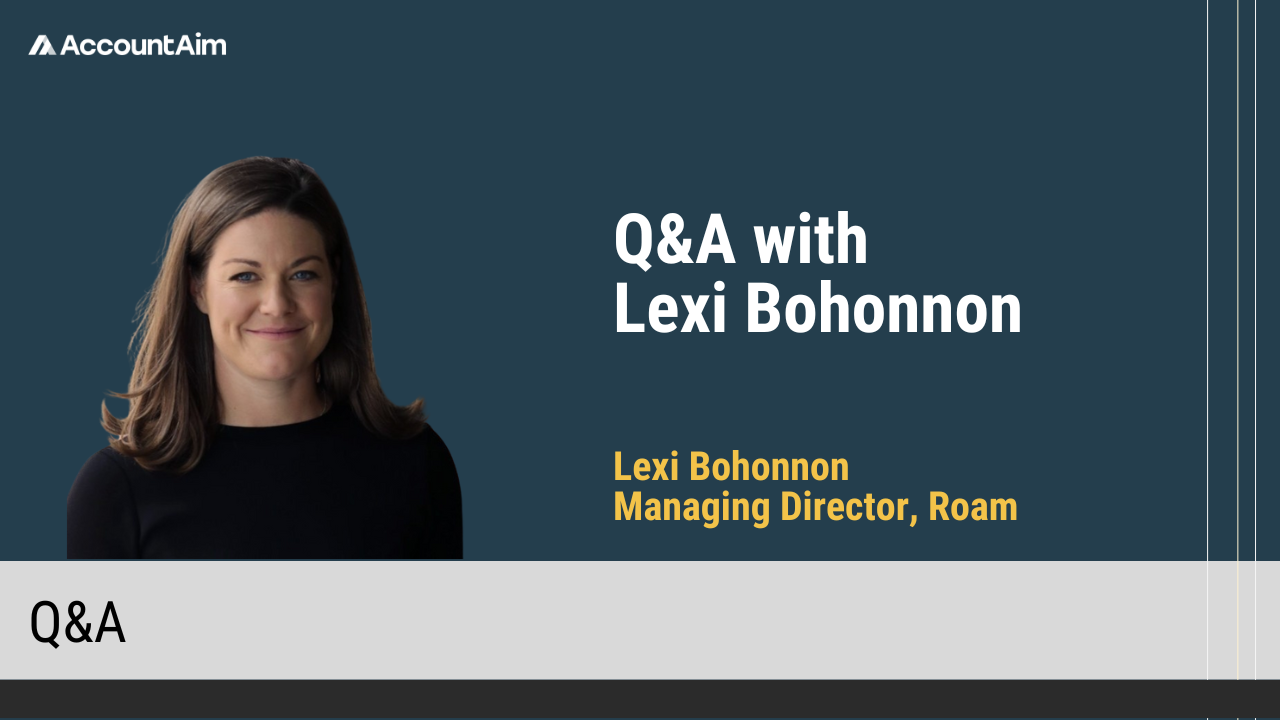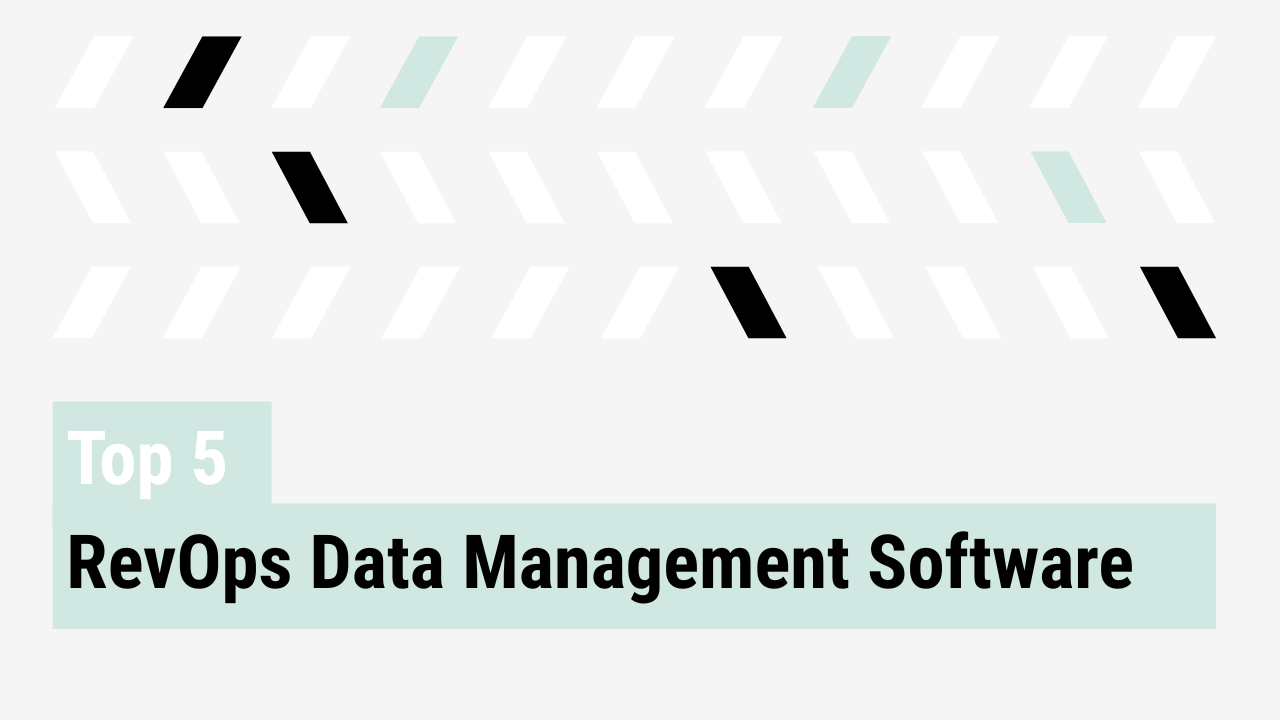The Roam managing director and former Yext exec shares lessons on alignment, customer-centric design, and building systems that scale
Lexi Bohonnon has built systems at scale. Over ten years at Yext, she helped lead the company from $30 million to $400 million in revenue, serving in senior roles across sales, customer success, and go-to-market strategy. Now, as managing director at Roam, she’s in early-stage mode again, designing infrastructure from scratch, informed by real-world experience.
While Lexi has never carried a RevOps title, she’s led teams that depend on RevOps every day. Her vantage point offers a sharp perspective on what separates reactive operators from strategic ones. In this conversation, she shares how centralizing ops functions improved alignment, why process needs to flex with the customer journey, and what she’s focusing on at Roam.
How do you define RevOps, and how has that definition evolved?
I see RevOps as the systems, processes, and tools that support the most effective customer journey. That journey should drive how RevOps is structured. Too often, RevOps gets boxed into rigid workflows, which creates friction instead of value. The best teams stay flexible and focus on outcomes for the customer.
“When I think about revenue operations, it’s all the things we need to do to facilitate the best customer experience and the customer journey.”
What changed after you consolidated ops functions at Yext?
For years, sales ops, CS ops, marketing ops, and product ops operated independently. It led to inconsistent data, duplicated efforts, and a lot of internal friction. Eventually, we unified those teams into one group under a single leader. We called it go-to-market strategy and operations.
That structure helped shift the mindset. People moved from defending their silos to solving problems as one team. The work didn’t get easier, but the alignment made us more effective.
How did aligning data and meetings reduce finger-pointing?
It shortened the gap between problem and resolution. Instead of quarterly reviews where surprises came too late, we had weekly shared meetings. Marketing reported on lead generation, sales reported on follow-up, and we all looked at the same numbers.
No one could argue about the source or spin a narrative. If a process broke down, it became obvious quickly. That level of visibility forced action and built trust.
What are some common pitfalls for RevOps leaders in fast-growing companies?
One is holding onto legacy processes. It’s understandable, those processes helped get results. But growth demands change. Sometimes the right move is to start over.
“Sometimes starting from scratch is okay… Too often leaders are trying to retrofit or evolve a model when they could be better just doing something entirely new.”
RevOps leaders need to be willing to throw out what no longer works and rebuild with a clean approach. That takes courage, but it’s often necessary.
What makes a RevOps leader effective, from your perspective?
The best ones balance internal and external focus. Their stakeholders are sales, marketing, and CS leaders, but they never lose sight of the buyer. They’re not just taking requests, they’re asking what actually helps the customer.
They’re also present. They show up to leadership meetings, speak up when something isn’t working, and bring ideas to the table. That combination of proximity and perspective is powerful.
What advice would you give to someone starting in RevOps or joining a startup?
Build a network of peers. Think of it as your own board of directors. Talk to people in similar roles at other companies. Learn what they’re seeing and bring those insights back to your team.
You don’t need to have done everything yourself to contribute. If you can synthesize what others are doing and share that perspective internally, you’ll earn credibility quickly.
Go Deeper
If you enjoyed this Q&A, check out the full conversation at YouTube or Spotify.
About AccountAim
AccountAim is the planning and analytics platform built for Strategic RevOps teams. With AccountAim, RevOps teams connect all of their fragmented GTM data, automatically snapshot and see trended changes over time, and build full-funnel reporting — all without SQL or data team support. Learn how Strategic RevOps teams use AccountAim to streamline forecasting, territories, cross-sells and more here.



